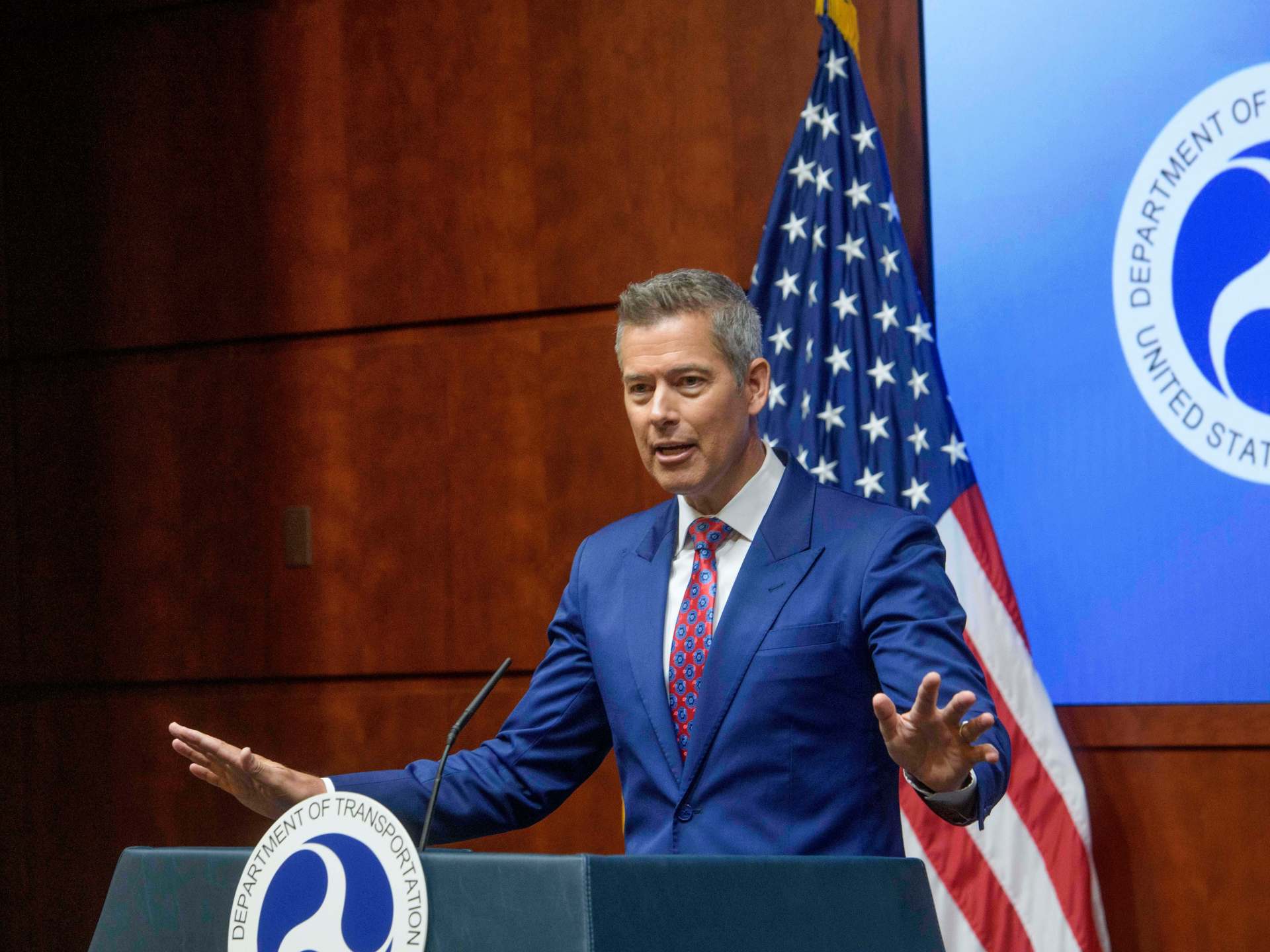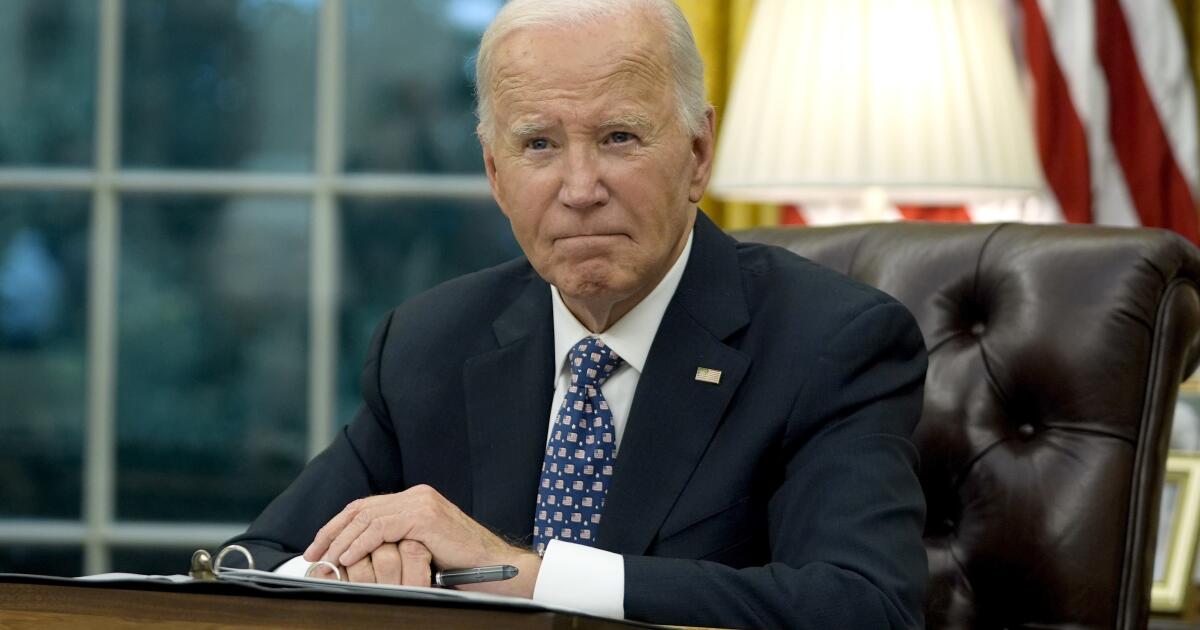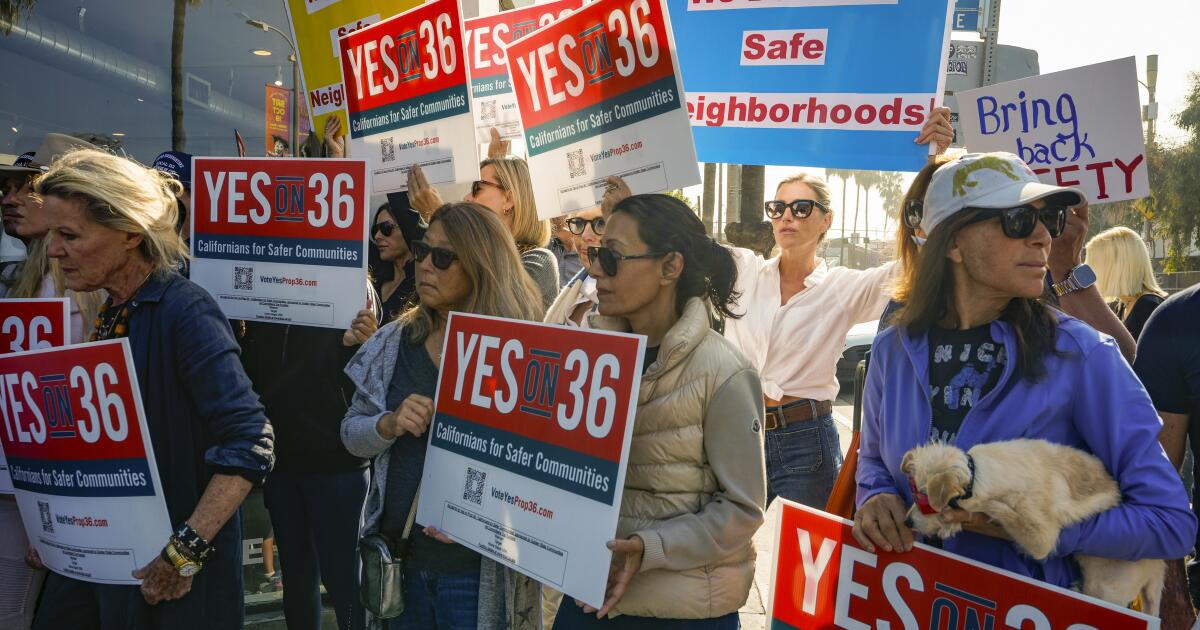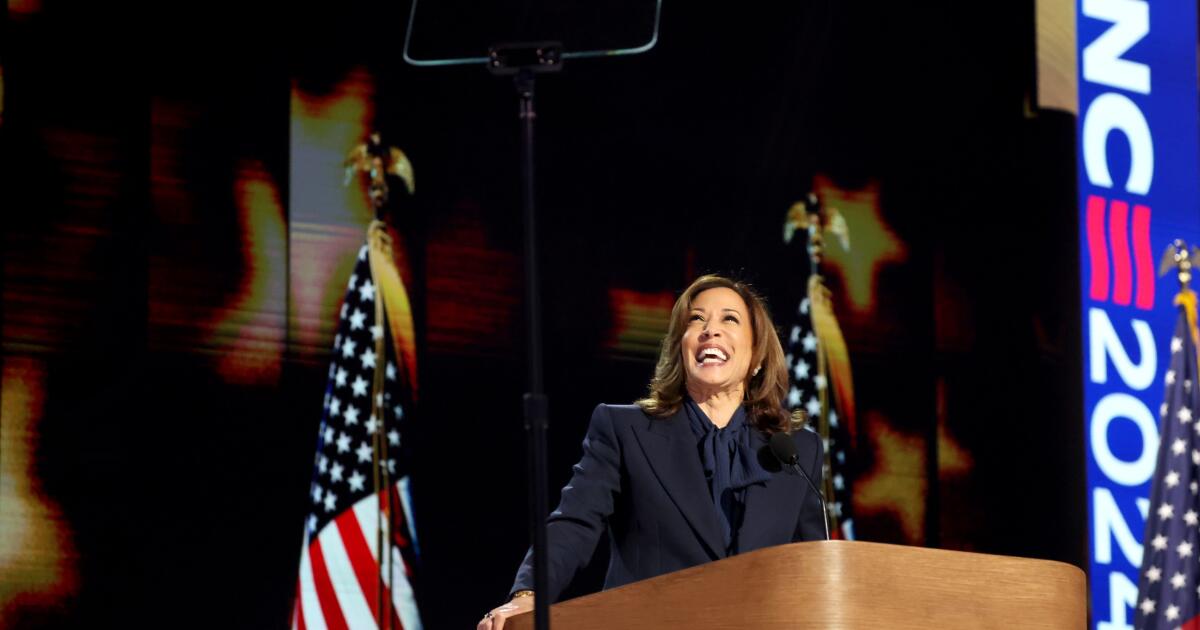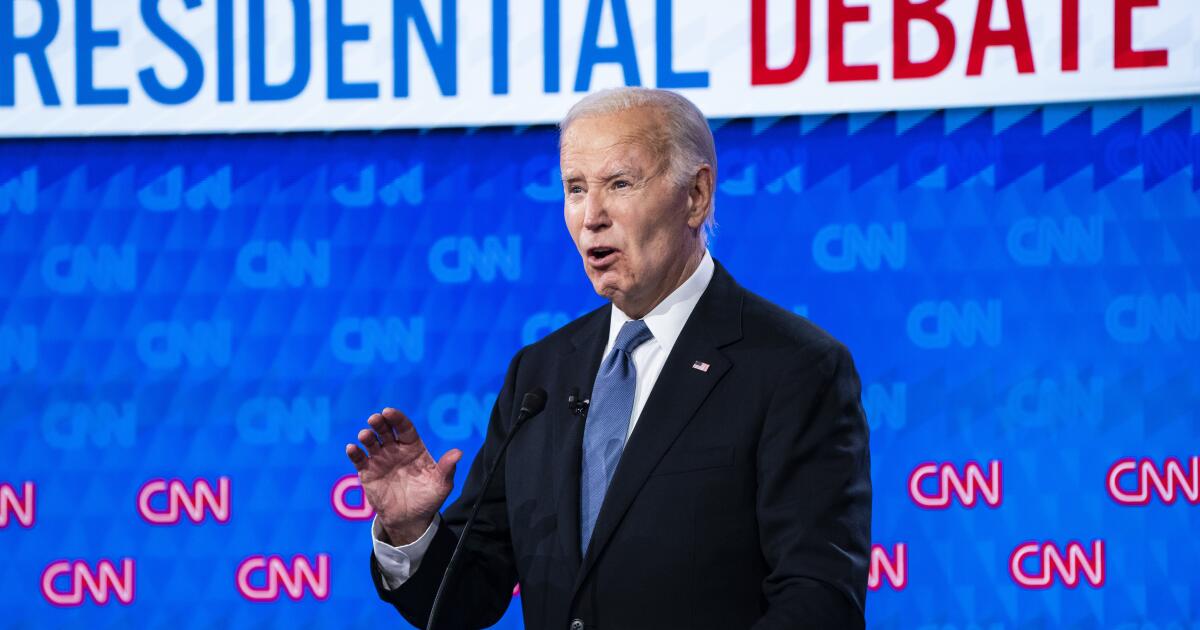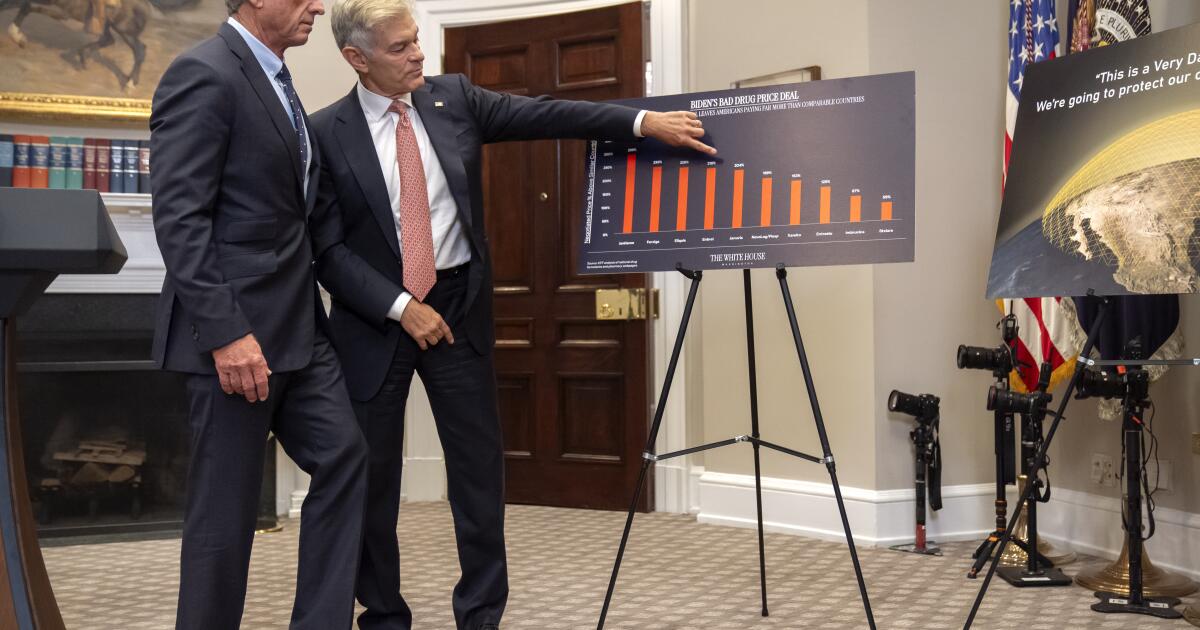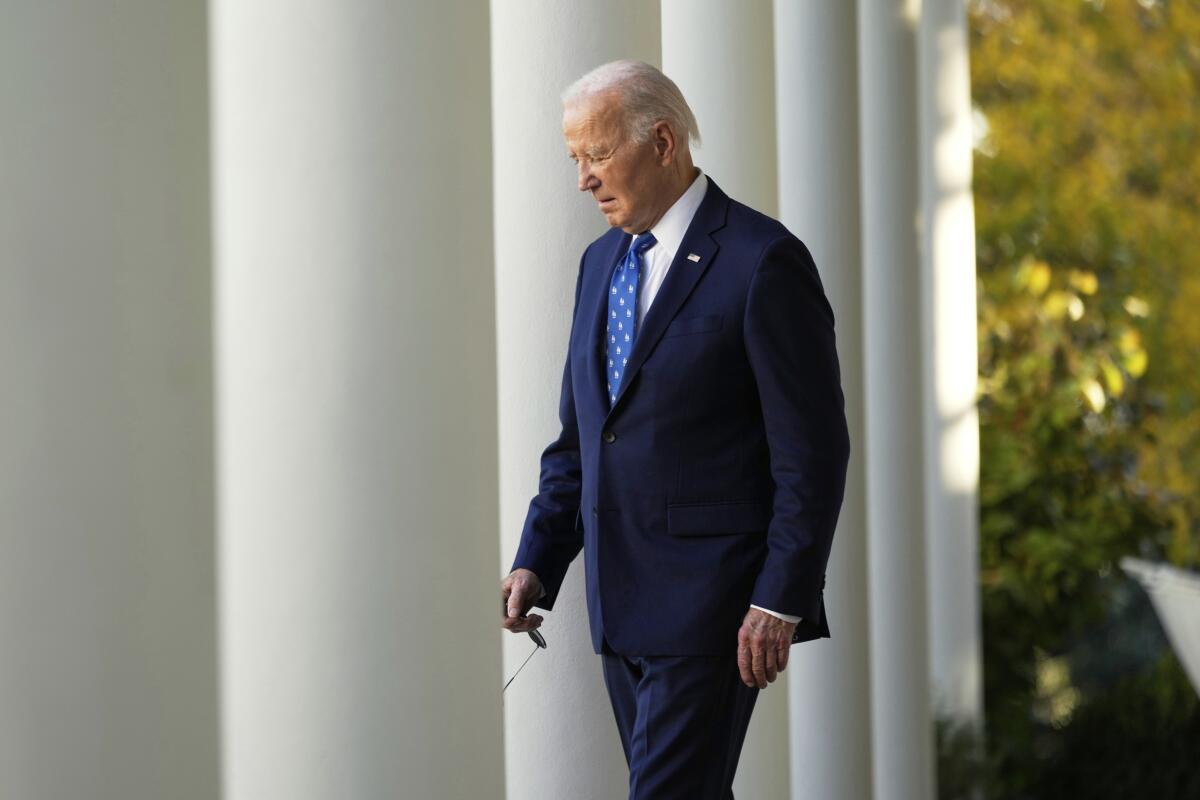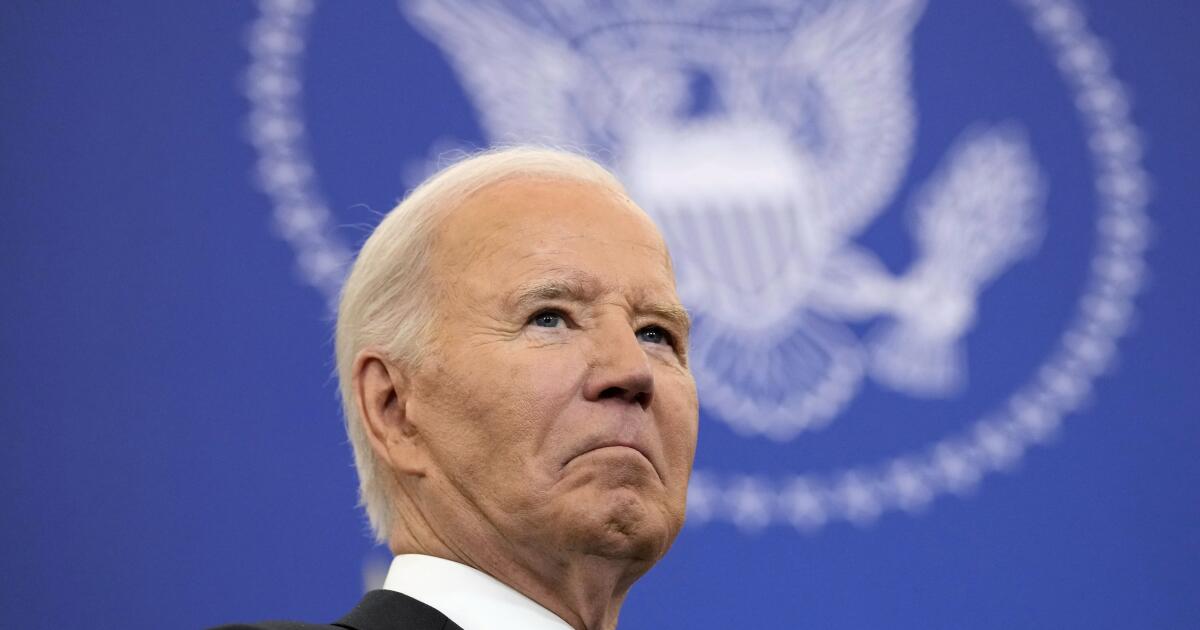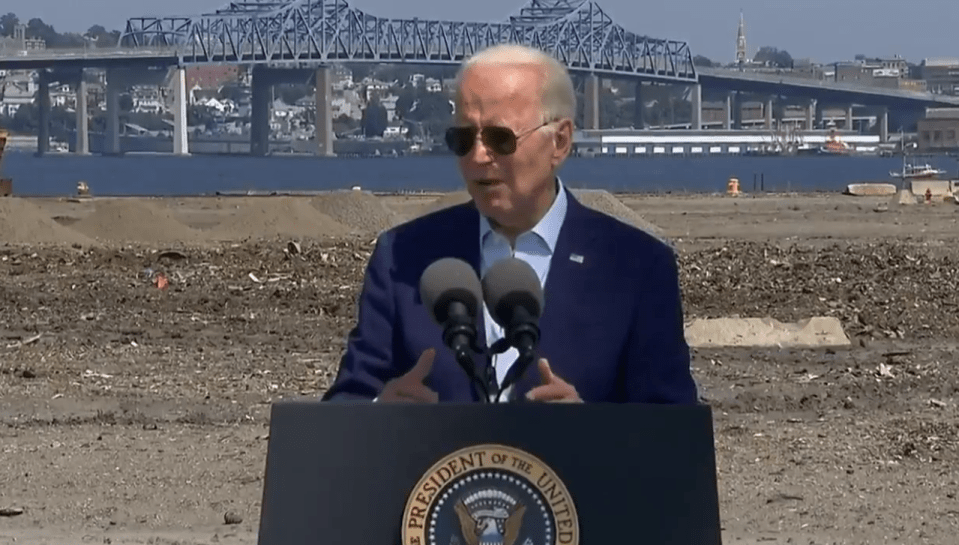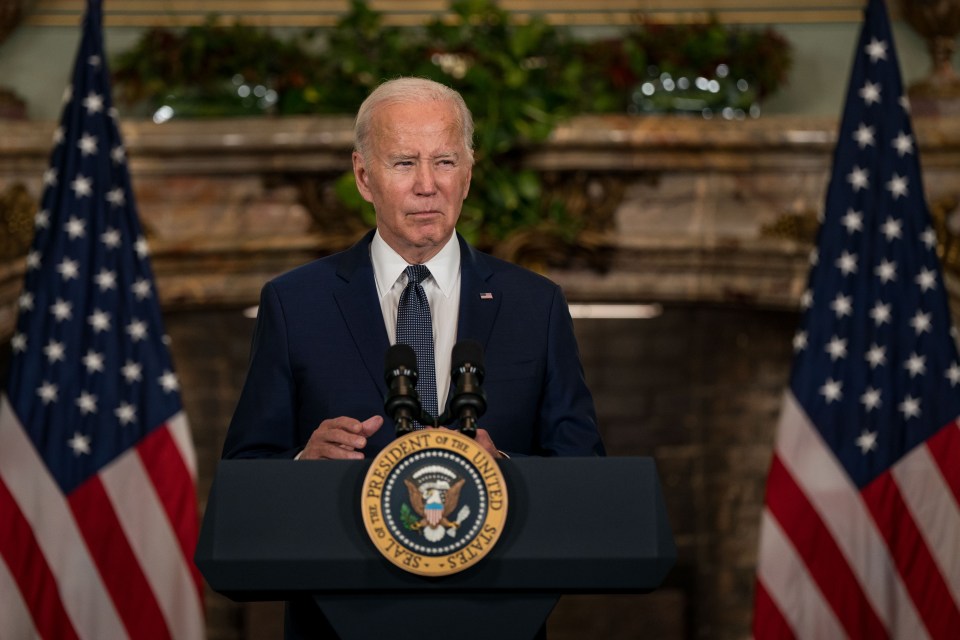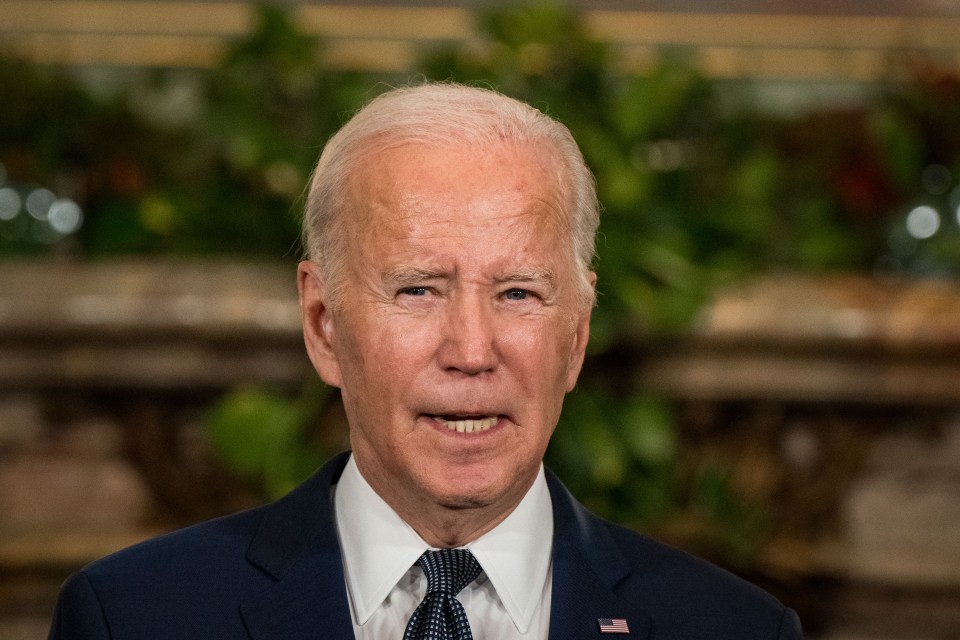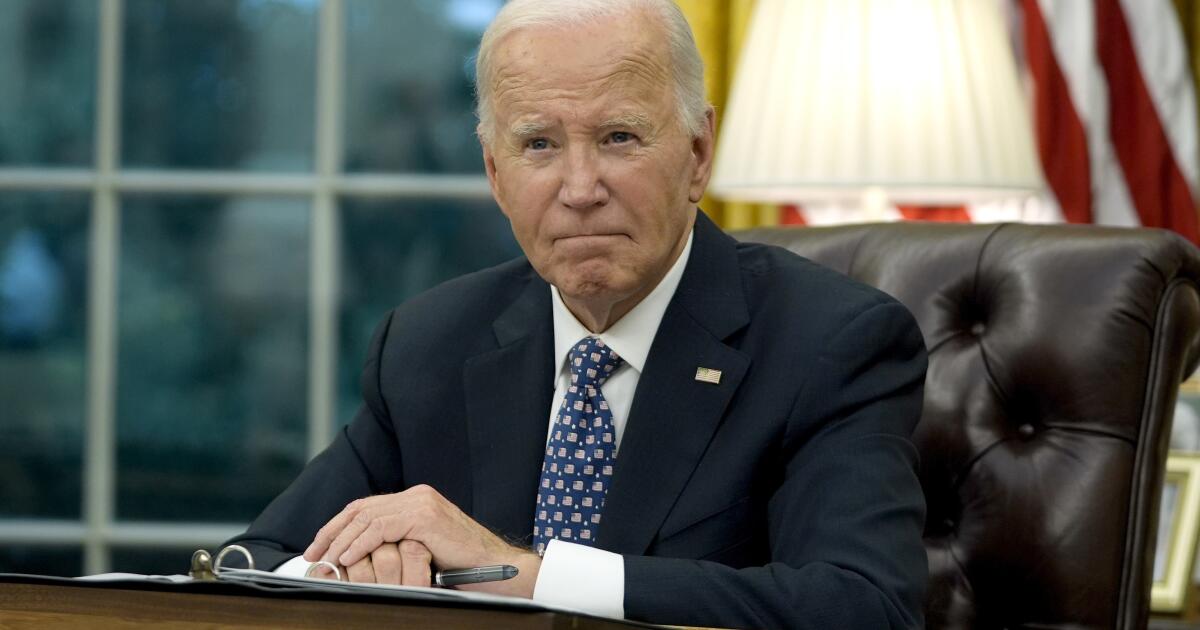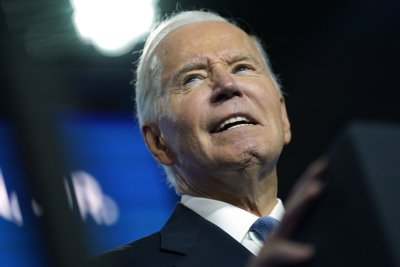Column: Newsom’s power play on the Delta tunnel
Newsletter
You’re reading the L.A. Times Politics newsletter
Anita Chabria and David Lauter bring insights into legislation, politics and policy from California and beyond. In your inbox three times per week.
You may occasionally receive promotional content from the Los Angeles Times.
SACRAMENTO — Gov. Gavin Newsom is up to his old tricks, trying to ram major policy change through the state Legislature on short notice. And again lawmakers are pushing back.
Not only lawmakers, but the Legislature’s nonpartisan, independent chief policy analyst.
The Legislative Analyst‘s Office has recommended that legislators hold off voting on what the governor seeks because they’re being pressed to act without enough time to properly study the complex matter.
Newsom is asking the Legislature to “fast-track” construction of his controversial and costly water tunnel project in the Sacramento-San Joaquin River Delta.
The $20-billion, 45-mile, 39-feet-wide tunnel would enhance delivery of Northern California water to Southern California.
Delta towns and farmers, environmental groups and the coastal salmon fishing industry are fighting the project and the governor’s latest move to expedite construction.
If there are any supporters at the state Capitol outside the governor’s office for his fast-track proposal, they’re not speaking up.
“Nobody’s told me they’re excited about it,” says state Sen. Jerry McNerney (D-Pleasanton), an East San Francisco Bay lawmaker who is co-chairman of the Legislative Delta Caucus. The 15-member bipartisan group of lawmakers who represent the delta region strongly oppose the tunnel — calling it a water grab — and are fighting Newsom’s bill.
The black mark on the governor’s proposal is that he’s trying to shove it through the Legislature as part of a new state budget being negotiated for the fiscal year starting July 1. But it has nothing to do with budget spending.
The tunnel would not be paid for through the budget’s general fund which is fed by taxes. It would be financed by water users through increased monthly rates, mainly for Southern Californians.
Newsom is seeking to make his proposal one of several budget “trailer” bills. That way, it can avoid normal public hearings by legislative policy committees. There’d be little scrutiny by lawmakers, interest groups or citizens. The measure would require only a simple majority vote in each house.
“We’re battling it out,” says Assemblywoman Lori Wilson (D-Suisun City), the Delta Caucus’ co-chair whose district covers the delta as it enters San Francisco Bay.
“This is not about the project itself. This is about how you want to do things in the state of California. This [fast-track] is comprehensive policy that the budget is not intended to include,” says Wilson.
Legislative Analyst Gabriel Petek issued a report concluding: “We recommend deferring action … without prejudice. The policy issues do not have budget implications. Deferring action would allow the Legislature more time and capacity for sufficient consideration of the potential benefits, implications and trade-offs.”
The analyst added: “In effect, approving this proposal would signal the Legislature’s support for the [tunnel], something the Legislature might not be prepared to do — because it would remove many of the obstacles to move forward on the project.
“Moreover, even if the Legislature were inclined to support the project, some of the particular details of this proposal merit closer scrutiny.”
Newsom tried a similar quickie tactic two years ago to fast-track the tunnel. And incensed legislators balked.
“He waited now again until the last moment,” Wilson says. “And he’s doubled down.”
She asserts that the governor is seeking even more shortcuts for tunnel construction than he did last time.
“There are some people who support the project who don’t support doing it this way,” she says. “The Legislature doesn’t like it when the governor injects major policy into a budget conversation. This level of policy change would usually go through several committees.”
Not even the Legislature’s two Democratic leaders are siding with the Democratic governor, it appears. They’re keeping mum publicly.
Senate President Pro Tem Mike McGuire (D-Healdsburg) has always opposed the tunnel project. So quietly has Assembly Speaker Robert Rivas (D-Hollister), I’m told by legislative insiders.
McGuire and Rivas apparently both are trying to avoid a distracting fight over the tunnel within their party caucuses at tense budget time.
Newsom insists that the project is needed to increase the reliability of delta water deliveries as climate change alters Sierra snowpack runoff and the sea level rises, making the vast estuary more salty.
He also claims it will safeguard against an earthquake toppling fragile levees, flooding the delta and halting water deliveries. But that seems bogus. There has never been a quake that seriously damaged a delta levee. And there’s no major fault under the delta.
The tunnel would siphon relatively fresh Sacramento River water at the north end of the delta and deliver it to facilities at the more brackish south end. From there, water is pumped into a State Water Project aqueduct and moved south, mostly to Southern California.
“A tunnel that big, that deep, is going to cause a lot of problems for agriculture and tourism,” says McNerney. “One town will be totally destroyed — Hood. It’s a small town, but people there have rights.”
Newsom’s legislation would make it simpler to obtain permits for the project. The state’s own water rights would be permanent, not subject to renewal. The state would be authorized to issue unlimited revenue bonds for tunnel construction, repaid by water users. It also would be easier to buy out farmers and run the tunnel through their orchards and vineyards. And it would limit and expedite court challenges.
“For too long, attempts to modernize our critical water infrastructure have stalled in endless red tape, burdened with unnecessary delay. We’re done with barriers,” Newson declared in unveiling his proposal in mid-May.
But lawmakers shouldn’t be done with solid, carefully reasoned legislating.
On policy this significant involving a project so monumental, the Legislature should spend enough time to get it right — regardless of a lame-duck governor’s desire to start shoveling dirt before his term expires in 18 months.
What else you should be reading
The must-read: Candidates for California governor face off about affordability, high cost of living in first bipartisan clash
The TK: State lawmakers considering policy changes after L.A. wildfires
The L.A. Times Special: Homeland Security’s ‘sanctuary city’ list is riddled with errors. The sloppiness is the point
Until next week,
George Skelton
—
Was this newsletter forwarded to you? Sign up here to get it in your inbox.

